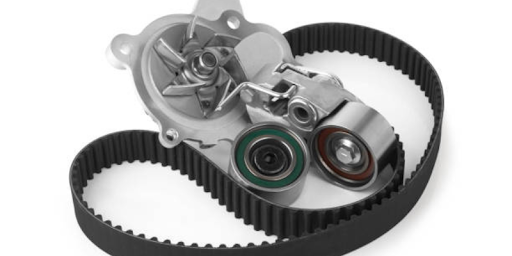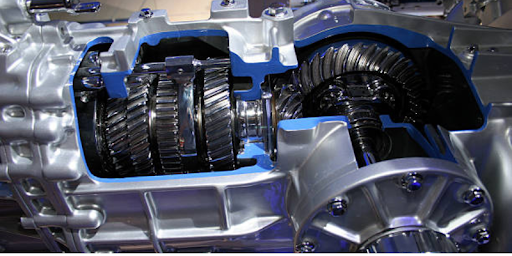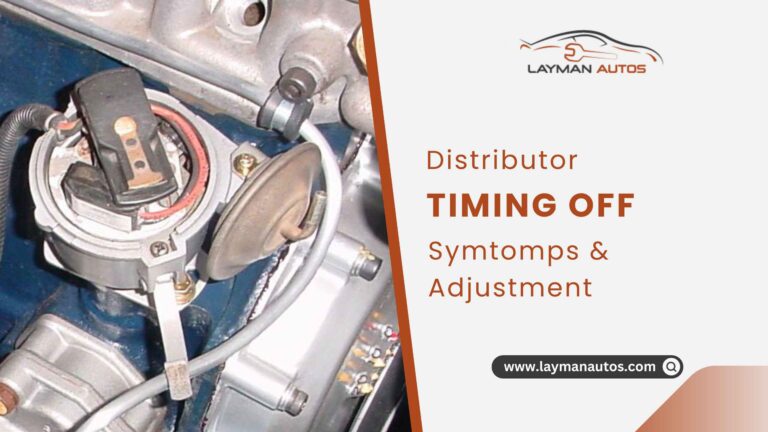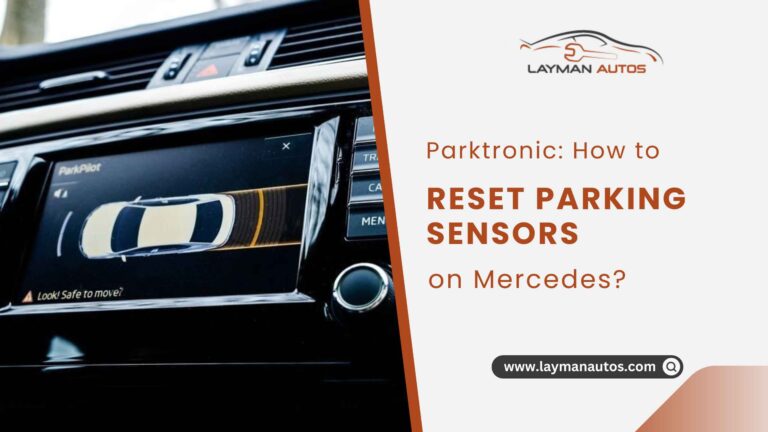Can Bad Timing Cause No Sparke? What You Need to Know
It is not the thing that you turn the key into the ignition hole, and your engine starts. Running the engine contributes to the involvement of different components at particular times. What if the combustion system ignites too early or late or does not ignite at all? Is there any effect on the spark? What do you think? Can Bad Timing Cause No Spark?
Bad timing causes the spark plugs to ignite the fire but with detrimental effects. Every vehicle is set to its rule of advanced timing or retards timing to run the engine with maximum power. If components of ignition timing are damaged, you will experience the effects on the spark.
In this article, I will describe in this article about the potential causes of no, early, or late spark, whether linked to bad timing belts, timing chains, or timing sensors. In addition, learning the importance of proper engine timing is essential to avoid the consequences of no ignition and what you need to know.

Importance of Ignition Timing
The engine timing and ignition timing are different but need to operate simultaneously. The former is relegated to the synchronization between the rotation of the camshaft and the crankshaft. On the other hand, the ignition timing is related to the spark plugs and ignition coil when they ignite a fire in all the cylinders during the compression stroke.

Your engine needs an air-fuel mixture to start, and the time the spark is generated is essential to run it smoothly. It involves working pistons, valves, timing belts, chains, or timing sensors. Hence, the movement of pistons and closing of valves due to a healthy timing belt cause the ignition to spark at the correct time, which is 15-30 degrees before the piston reaches the Top Dead Centre.
What Happens in Compression Stroke is essential to learn, which helps find the causes of bad timing and no spark. Spark plugs are efficient enough to run the engine; if any of the components of ignition timing or engine timing refuse to function, you will end up repairing the damage.
- Closing of the intake valve
- Pistons compress the air-fuel mixture.
- The piston reaches the top dead-center
- Spark plugs ignite the fire
Can a Bad Timing Belt Cause No Spark?
The vehicle’s timing belt aims to link the camshaft and crankshaft, ensuring the valves and pistons are prosperous in running the engine. Although the working of the pistons and spark plugs depends on the proper timing, you can obtain one of the reasons is the bad timing belt that proves barricade in igniting the spark in time. There are several car timing problems
Your vehicle’s engine shows you and forces your attention toward the condition of the timing belt.
- Strange noises from the engine
- Misfire engine
- Oil leakage
- Smoke generation
Can a bad-timing belt cause no spark? The engine experienced a spark with a bad timing belt but at the wrong time. A bad timing belt disturbs the rotation of both shafts and, in return, causes the timing to be off. Wrong timing causes the signals to be delivered to the ignition components at an incorrect time and manipulates the combustion of the air-fuel mixture.
What Causes No Fire to Spark Plugs?
No spark by a spark plug is the issue that awaits your attention. There are chances that ignition timing is disturbed by the timing belt and becomes the cause of late or early sparks. Since you have already read the alarming indications of the timing belt.
Let’s discuss the various causes to determine what malfunctioning component is responsible for getting faulty sparks.
Bad Ignition Coil
The ignition coil is the essential element that delivers the power to the spark plugs to fire the air-fuel mixture. If it is damaged or suffers from electrical interference, spark plugs do not receive power.
Remember, extreme electrical interference is the symptom of bad timing in the ignition coil. The result is producing too much power to run the engine, which results in no spark. On the other hand, low electricity also causes spark plugs not to ignite.
Distributor
You cannot rely on the ignition coil alone to obtain the correct ignition timing. But instead, there is another component that helps the coil to make the combustion at the desired time. The distributor receives the higher or lower voltages from the camshaft rotation and delivers them to the ignition coil for effective sparks.
Crankshaft/ Camshaft Sensors
Modern cars are equipped with crankshaft and camshaft sensors which are essential in monitoring the ignition timing. The worn-out timing belt dislodges these sensors’ position. It results in no notification from the engine control and ignition coil when sending an electrical charge or fire cylinders.
Damaged Timing Sensor
You should not want the spark to ignite to face the deliberate consequences at the wrong time. Don’t you? Pay attention to the malfunctioning timing sensors. When they shift from their positions, there are chances that fuel does not injected into the cylinders and hence mismanagement in combustion.
Car No Spark Troubleshoot
What would you do when there is delayed ignition or worn-out spark plugs? At the same time, you do not have any other alternatives to start the engine. So, how do you initiate the car no spark troubleshooting?
Replace Timing Belt
As the timing belt is the mother of all problems, you must put effort into making the belt fit and fine. To start with, ensure the crankshaft and camshaft remain parallel. Furthermore, analyze the alignment of the teeth on the belt by removing it from the pulley and checking the teeth as being tight-fitted and gripped on top of it.
You must check for cracks and damage on the pulleys. If you do not understand the hiding culprit behind the defective belt, you should consult an expert and take quick action to replace the timing belt and chain.
Check the Gap in the Spark Plugs
There is a considerable distance between spark plugs to function effectively. If the gap is too broad, the spark plug will not receive enough power from the ignition coil to ignite the air-fuel mixture.
On the other hand, if the gap between the electrode and the plug tip is narrow, the ignite will be too hot and fluctuate the engine’s working. Use a feeler gauge to check the proper gap to avoid the no-spark issue.
The ignition systems depend on working various components such as rotors, connecting wires, and distributors, including spark plugs. Remember to replace the parts when worn out.
Check and Adjust Engine Timing
Learn to know how to check and adjust the engine timing. The procedure starts by connecting the timing light to the vehicle battery and clamping the inductive pickup around the ignition wire for cylinder number one.
You have to start the engine and let it maintain an idle speed point. The timing light will flash each time the ignition fires, allowing you to read the marking. Rev the engine to check the timing number on the harmonic balancer. Also, adjust the timing if the total timing does not complement the supplied timing instructions for the vehicle.
You can troubleshoot a car with no spark by protecting it from extreme weather conditions. For example, the engine’s oil gets thick in the cold, and the crankshaft does not spin smoothly with additional friction.
Summing Up
Whether you deal with damaged engine timing or the ignition system, receiving no spark when the engine cranks need an expert consultation. You cannot run the car fearlessly when the timing belt messes up every component. In this article, I have mentioned the symptoms of a broken timing belt that plays a significant role in making the timing off, causing no spark.
Frequently Asked Questions
What is the Lifespan of a Timing Belt?
The lifespan of a timing belt not only depends on how much distance you cover but also depends on how long you have used it. You can also get help from the owner’s manual and replace it after covering 30,000 miles. Moreover, seven years is the threshold you can get privileges from before receiving the damaging indications.
What Happens if Engine Timing is Too Advanced?
Engine advancing and retarding is initiated to obtain the desired power. However, if it happens too early, posing damage to cylinders and causing misfiring. On the contrary, if spark timing is retarded, the engine does not have enough power to start, and the chances of overheating increase.




